Ideally, a new pair of shoes should be comfortable and fashionable. However, you may find a lot of options in footwear shops that meet these 2 criteria, but at the same time their quality is so bad that they won’t last long. We decided to find out what things you should pay attention to in order to choose a really high-quality pair.
Check the shoes for smudges and glue marks.
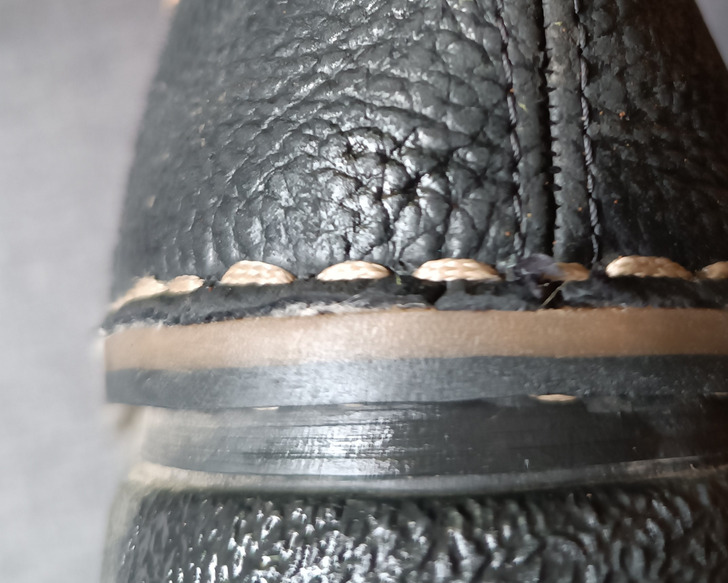
Manufacturers often use glue to stick together different parts of the shoe. If the glue is of high quality and the work is done properly, the pair will last a long time. However, small glue drips in the spots where parts meet or traces of glue on the surface indicate that you are looking at low-quality shoes and that there were issues during production.
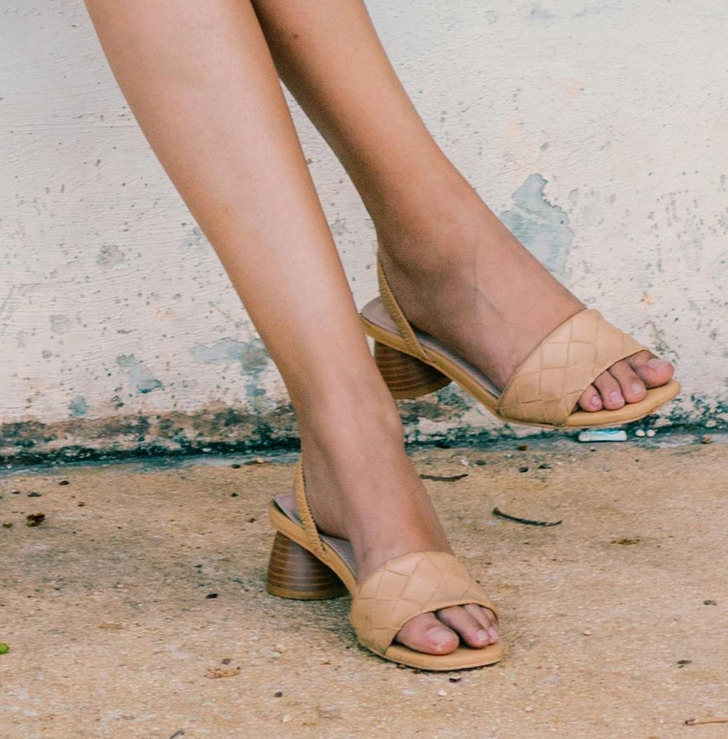
When a part of the shoe, its sole or insole, comes off a bit, it means the shoemaker probably used bad or expired glue, and this pair will fall apart quickly.
Examine whether the pair is symmetrical.
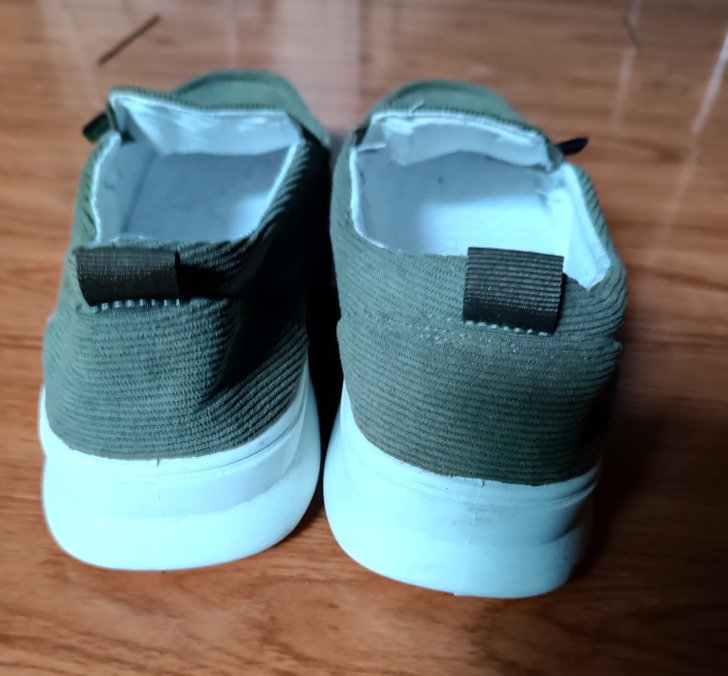
Quality shoes in a pair should be symmetrical, and any differences between the right and left shoes most likely indicate a defect. To check this, you need to put the soles of both shoes together and see if they match in length and width.
It’s also worth putting the pair on the floor to understand whether the height and outline of the upper edge of the heel are symmetrical. If the soles are painted in different colors, check whether the paint is within the borders of the sole and whether the pattern matches. Gross irregularities in symmetry indicate that the manufacturer didn’t pay much attention to quality.
Check the seams carefully.
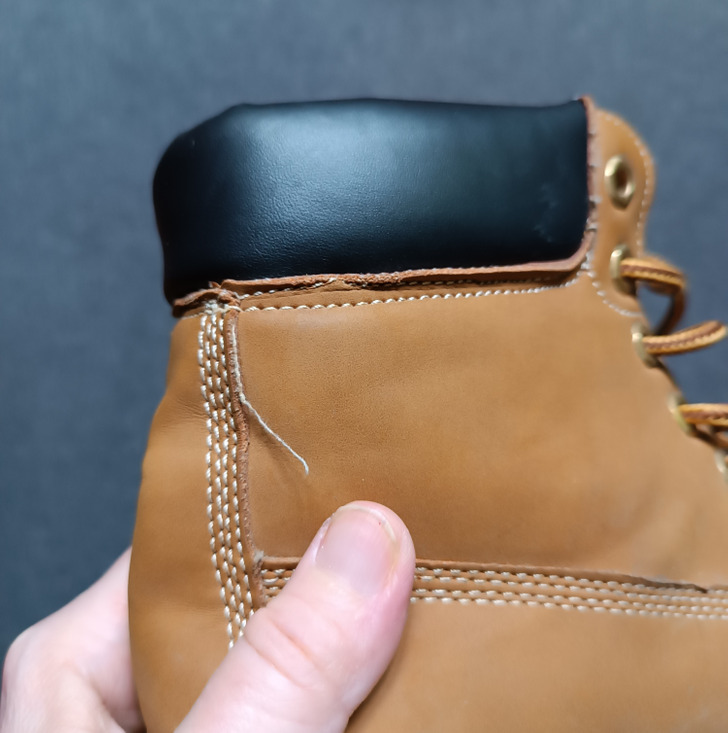
Any uneven or diverging seams make shoes look not that good. This happens if the manufacturer used too thin threads or the work was done poorly. As a result, such a pair will fall apart much faster. It’s also necessary to check the uniformity of stitches and the evenness of the seam itself.
If its line is curved or zigzag-looking, this means that the shoes you’re looking at are of poor quality and will lose their appearance in a couple of months. And zigzag-looking stitch is often used to hide the imperfections of the stitching.
Examine the heels.
The heel must be firmly attached to the sole and not wobble. It’s necessary to look at the shoes from the side. In good quality pumps, the high heels are positioned exactly under the center of the heel and touch the ground at a slight incline.
It’s worth looking carefully at the heels from behind – any deviation of the heels from the angle of 90⁰ indicates a defective product. Moreover, these shoes are simply dangerous to wear – this may lead to ankle injuries.
Loose eyelets are a bad sign.
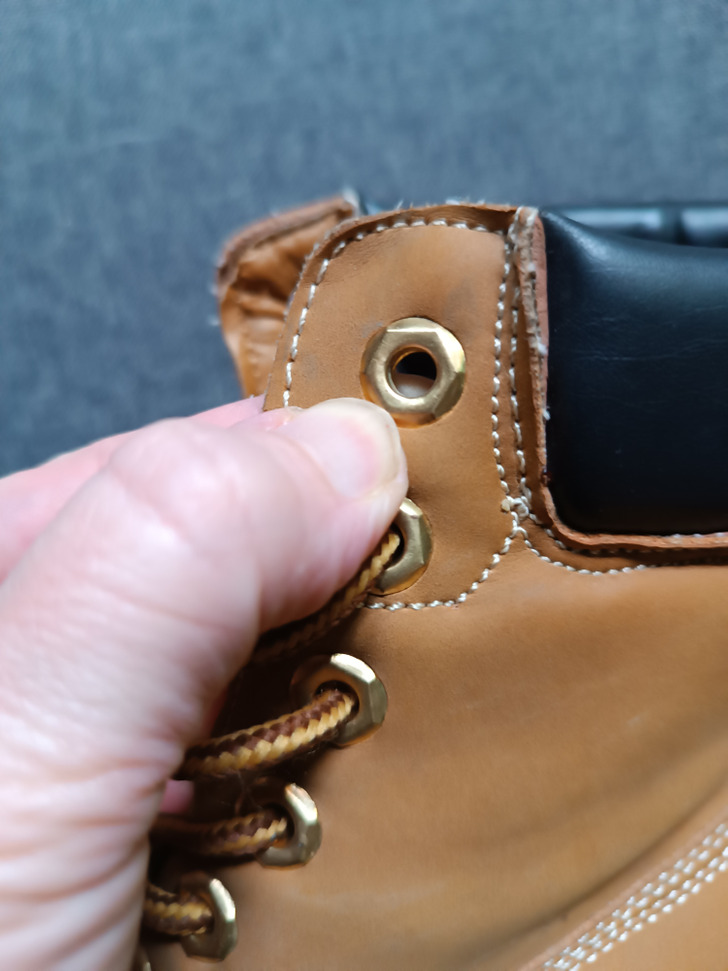
Any metal or plastic parts on the shoe (especially those that come into contact with the skin) should be tightly fastened. Thus, it’s worth carefully examining the eyelets for laces. Although this defect is quite rare, it can lead to wearer’s injury.
You should also check how well any embellishments are attached to the shoe. If they fall off at one point, the pair won’t look good anymore.
Carefully inspect the inside of the shoe.
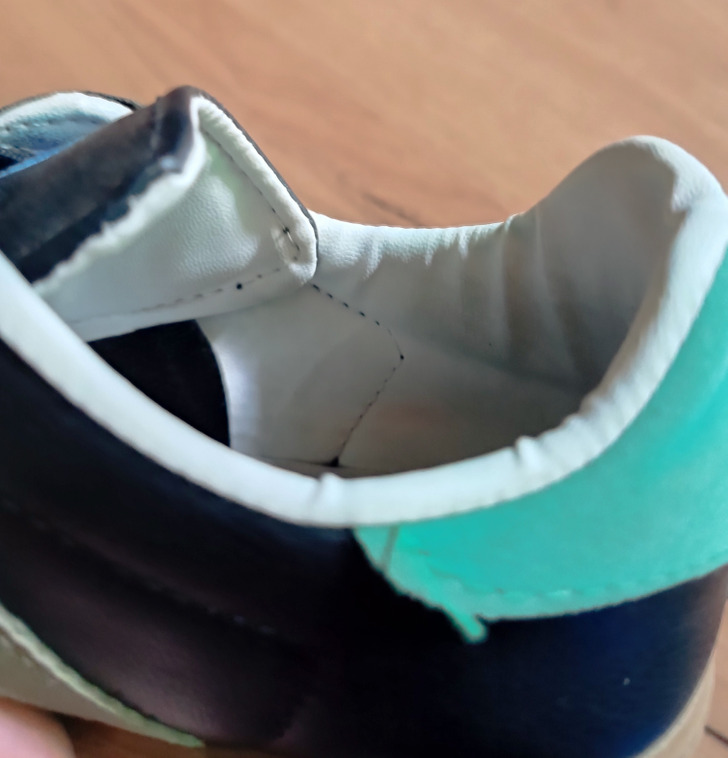
Some manufacturers save on the training of workers and don’t calibrate equipment before the production of a new product line. As a result, shoes, boots and sneakers may have seemingly insignificant defects such as wrinkles and creases. If these defects are small, they won’t cause much trouble to the wearer. But large creases can rub the skin while walking, which will lead to abrasions and blisters on the feet.
Examine the insoles.
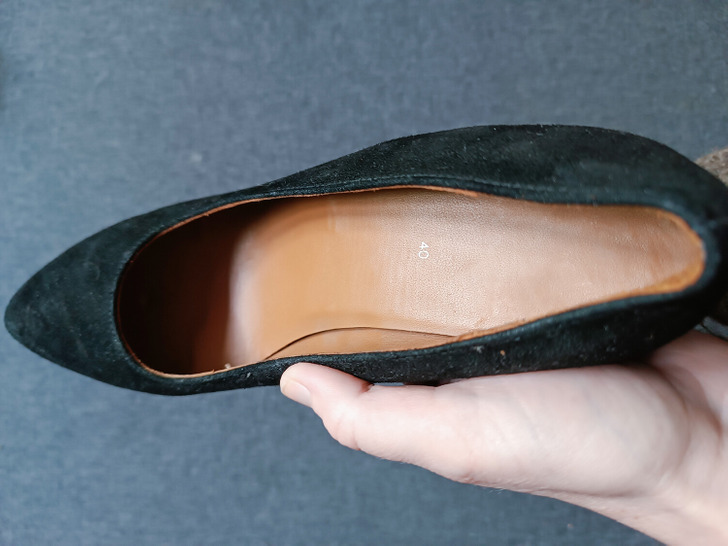
Even if a shoe looks perfect from the outside, you need to scrutinize it from the inside too. If the insoles show small wrinkles and creases, this pair is likely to be uncomfortable to wear. In addition, you should carefully feel the insoles to make sure that there are no bubbles on them.
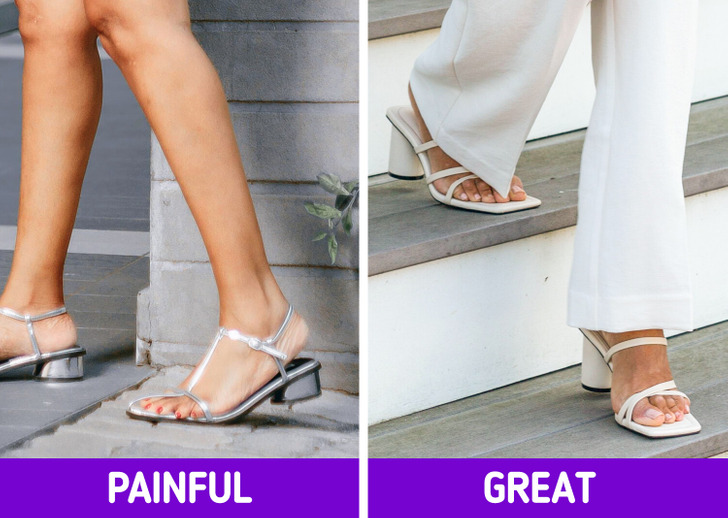
Another important thing is that there must be cushioning between the insole and the sole, especially in the toe and heel area. Otherwise, a long walk in these shoes will make not only your feet and legs sore, but also your back.
Check how the shoes smell.
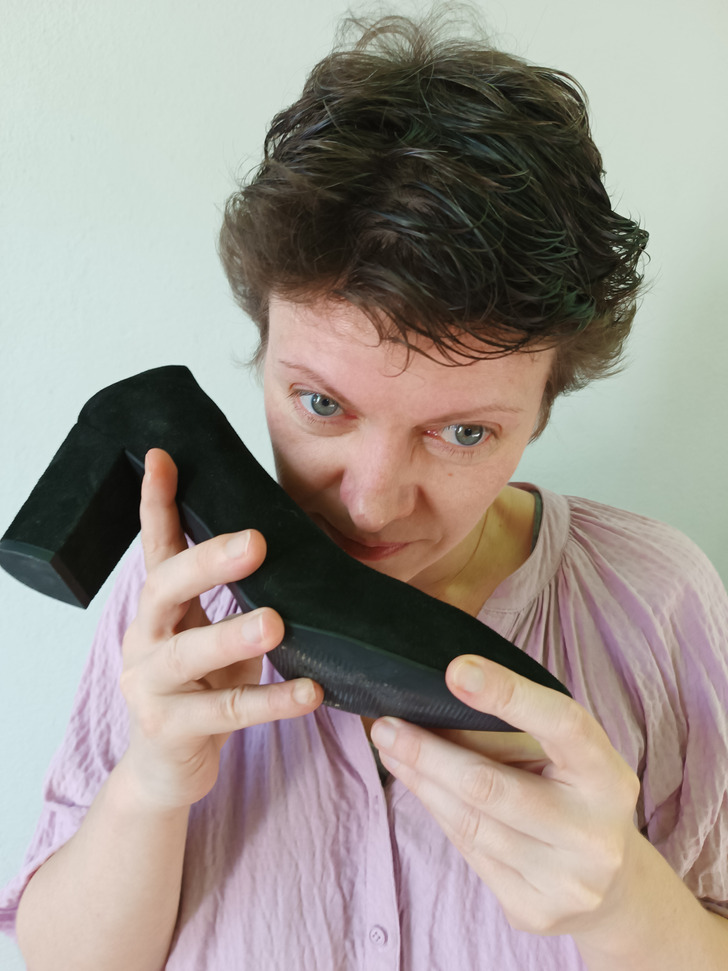
Low-quality and cheap shoes often have a strong chemical odor. It’s best to refrain from buying this pair. But if shoes or boots exude the scent of leather, polish or wood, you’ve found the shoes of high quality.
Take a photo of the shoes.
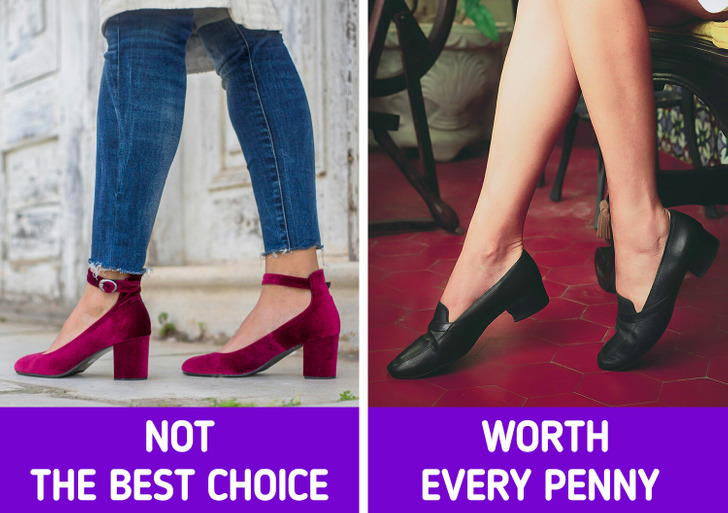
Of course, shoes made of synthetic materials can also be of high quality, especially when it comes to sports models. But good shoes should ideally be made of leather. They are softer and fit better on the foot, which means they will be much more comfortable to wear.
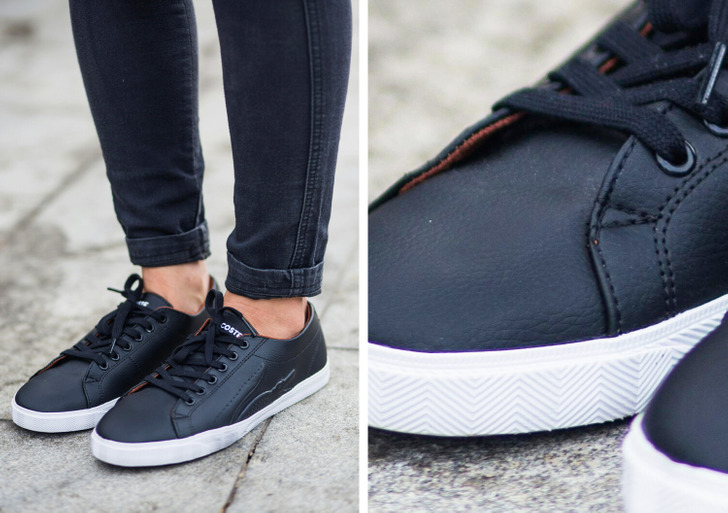
However, the quality of leather also varies. Often, manufacturers don’t mention the type of leather they use to make shoes in order to keep costs down. To determine the quality of the product you are holding in your hands, you need to take a photo of the shoes and enlarge the image. If you can see pores on the leather, you can safely buy the shoes.
Bend the shoe a little bit.
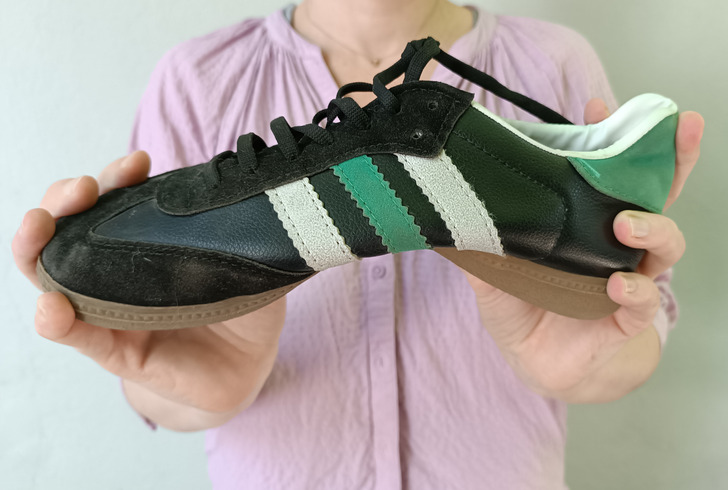
You don’t need to knead your shoes too much, but you can bend the shoe slightly to see how flexible the sole is and whether it remains attached to the upper part when moved. In addition, it’s worth pressing the sides of the shoe a little bit. Throughout the day, our feet usually increase in size a little, so a quality pair should adapt to these changes.
Check how your shoes sound.
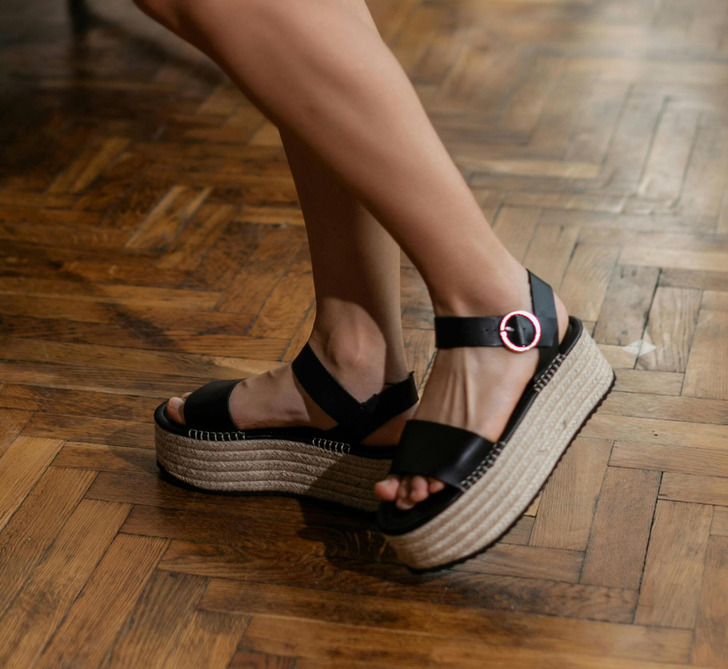
Most shoe shops have soft carpeting on the floor, so it’s a good idea to take a short walk on a harder surface before making a purchase. If the soles and heels make unpleasant clanking noises when you walk, you are likely to be wearing a low-quality pair. And platform or wedge shoes shouldn’t sound like there are voids inside the sole.
Examine the material of the sole and heel carefully.
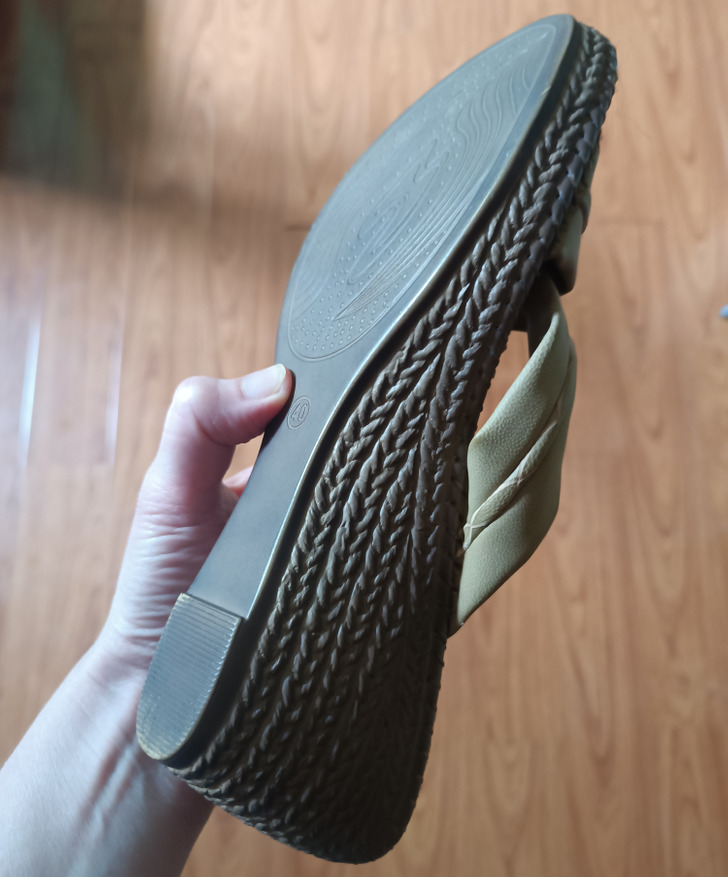
Usually the sole of a really good quality pair is made of leather or good rubber. These shoes are comfortable to wear, and in addition, they almost don’t slip. At the same time, if the base of the sole is uneven, then these shoes will be uncomfortable.
In addition, it’s worth examining the material from which the heels are made. If the manufacturer used plastic or didn’t cover the heel with leather or fabric, then you are looking at a cheap product that is far from being perfect.
Rub the shoes with a cloth.
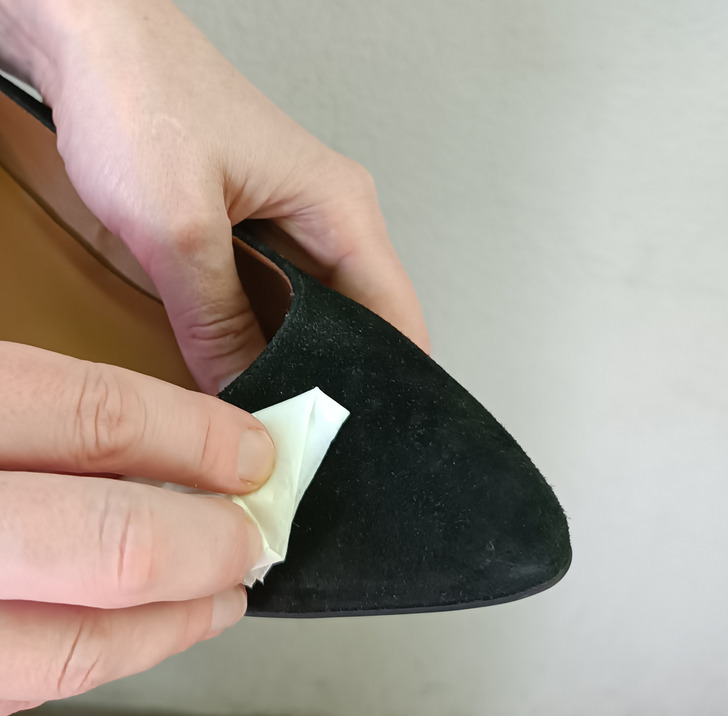
Sometimes manufacturers use poor quality leather dyes, which can leave marks on the skin or clothes. Therefore, before buying, you should carefully rub the shoes inside and outside, first with a dry cloth and then with a damp cloth. If there are no marks on the fabric, the shoes are okay.
And here’s a list of fashionable shoes that are not as cool as they look.
Young Pianist Stuns Crowd with Beautiful Rendition of Queen’s “Bohemian Rhapsody”

Expectations are high for the famous song “Bohemian Rhapsody.” Many people think that performing this anthem is difficult. However, Cole Lam, a young pianist, demonstrated that skill has no age restrictions.
The 12-year-old prodigy Cole was about to take the world by surprise with a musical voyage that would begin at London’s busy St. Pancras International Station. Two adults approached him as he was getting ready to play the piano; they had no idea how incredible the skill they were about to witness would be.
Cole played the first few notes of “Bohemian Rhapsody” with a bashful smile. It seemed as though everything around him vanished and time stopped still. His fingers moved fluidly over the keys, striking each note with feeling and accuracy.
It was clear from watching Cole perform that he had a strong emotional connection to the song. Everyone who had the honor of witnessing him perform was enthralled by his obvious passion and commitment.
Cole can play more than just the piano, though. In addition, he plays the clarinet and guitar with excellence, demonstrating his versatility and passion for music. His impressive portfolio, which demonstrates his aptitude and perseverance, is impressive even at the age of twelve.

He charmed the audience with his performance. Cole’s performance served as a reminder of the influence that music has on our lives. He is an inspiration to his classmates and aspiring musicians alike because, despite his youth, he has already attained remarkable success.
Cole’s performance is incredibly captivating to see. His ability is unbounded, and as long as he continues to develop it, we can only speculate about the amazing heights he may achieve.
So take a seat, unwind, and get ready to be astounded by Cole’s magnificent performance of “Bohemian Rhapsody” at the London station. Tell your friends and family about this amazing performance on Facebook so they may experience the magic for themselves.

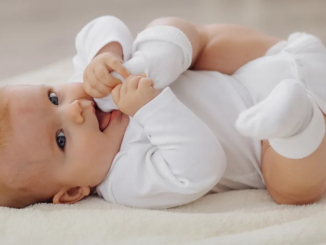

Leave a Reply